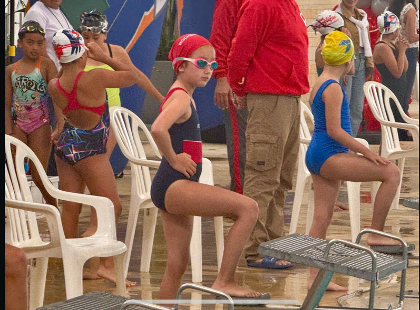Casino Project – Highway to Heaven – Math Class
- Juan Camilo Cortés Arbelaez
- 31 ene 2022
- 3 Min. de lectura
It is a tradition in Rochester School that tenth graders work on the “casino project”. The casino project is an activity proposed by the math teachers in the faculty and its main purpose is to allow students to improve and demonstrate their knowledge regarding probability. Sophomores are expected to develop a game of chance where probability concepts are applied in a real-life scenario. After the teacher’s evaluation, the games are meant to be presented to sixth graders. In our experience, this project has been of great value academically speaking which is why we are delighted to share our work with the Rochester community. Our game is called Highway to Heaven and it consists of three main elements: a roulette, a dice, and an English deck of cards. The player will first have to spin the roulette; this will determine the number of tries they get when rolling the dice. The blue spaces correspond to three dice rolls, the red spaces correspond to two dice rolls, and the green spaces correspond to only one dice roll. When rolling the dice the participant must score a one or any even number in order to pass to the third and final stage, cards. If the player does not roll an even number or a one in any of the tries they got, they will automatically lose the game. When it comes to the cards, the participants are allowed to pick any three cards out of the deck. To win, they have to pick out at least one face card, joker, or ace. If this is not the case, the contestant will be eliminated. When a player wins the game they will receive a few pieces of candy as a reward.
Example trial (Scan QR code):
When we first started our project back in December, the idea of the game was entirely different even though it was based on the elements that our current game has. As the project came together, we found ourselves having certain complications when it came to graphing the probabilities of our game in a tree diagram and finding an example of conditional probability in it. Turns out, that because the first game idea that we had didn’t have any particular order when it came to the three features mentioned before, conditionality was not present. We ended up reassessing our game and creating a new version in which the roulette, the dice, and the cards depend on each other to occur. This obstacle with our game turned out to be what rocketed our comprehension of conditional probability. For more information about the mathematical processes involved in our game visit the following QR code where our presentation, IEEE report, and tree diagram are attached:
Example trial (Scan QR code):
Overall we are very pleased with the results that came with the production of Highway to Heaven. It is safe to say that the casino project is most definitely an enriching experience for all students making their way through their probability courses. We invite you all to visit the resources and learn something new about probability today.
Resumen: Es una tradición del Colegio Rochester que los alumnos de Noveno Grado trabajen en el “proyecto casino”. El proyecto casino es una actividad propuesta por los profesores de matemáticas y su principal objetivo es que los alumnos mejoren y demuestren sus conocimientos sobre la probabilidad. Deben desarrollar un juego de azar en el que se apliquen los conceptos de probabilidad en un escenario real. Tras la evaluación del profesor, los juegos se presentan a los alumnos de Quinto Grado. Este proyecto ha sido de gran valor académico, por lo que estamos encantados de compartir nuestro trabajo con la comunidad de Rochester.




コメント